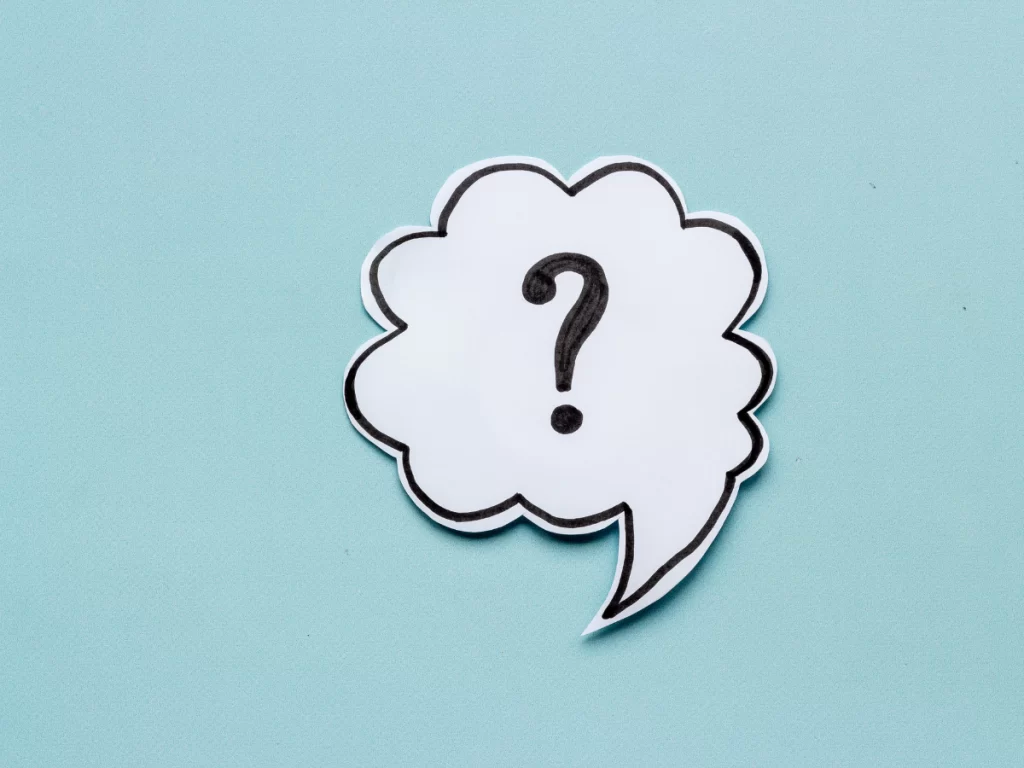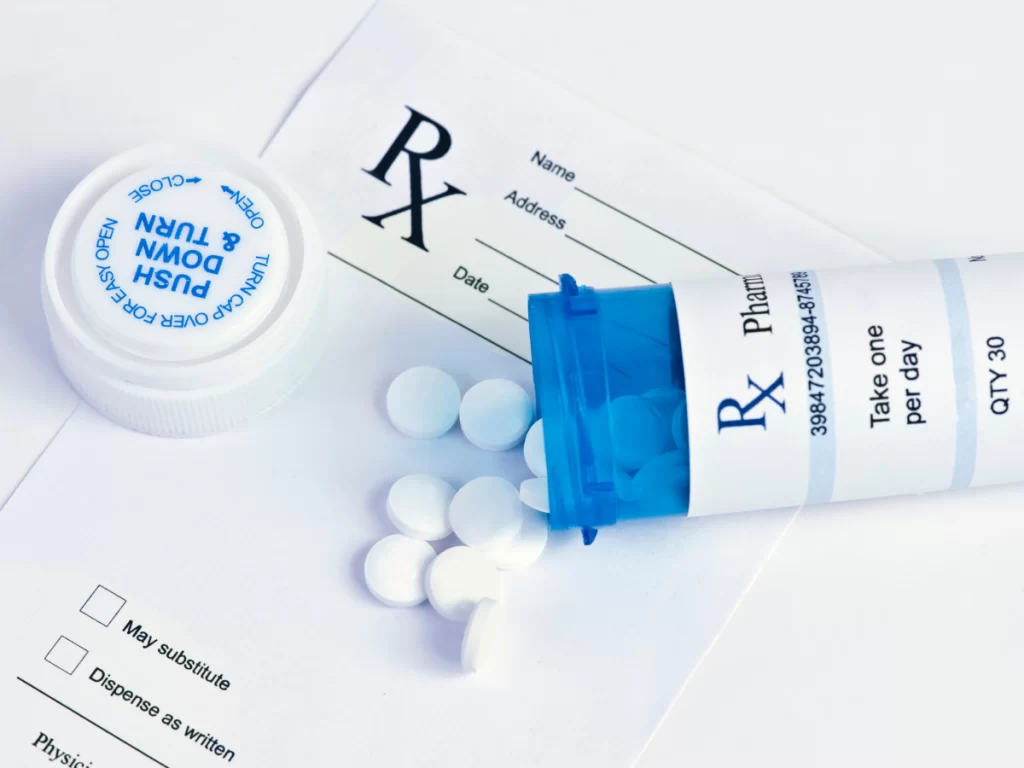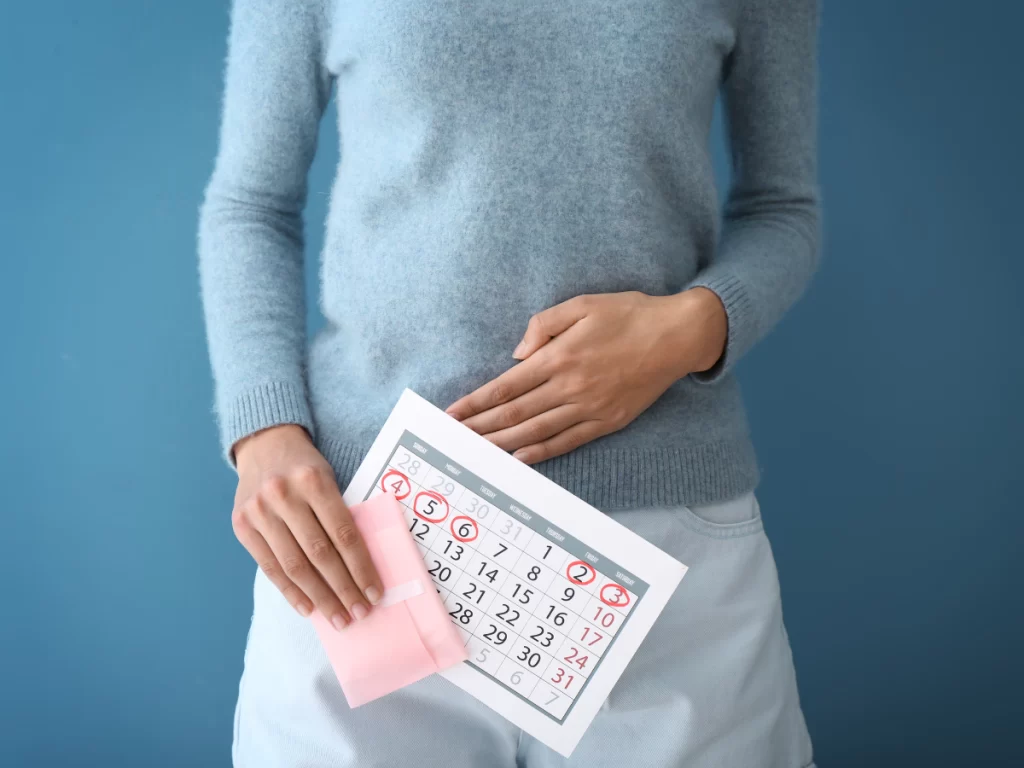How PMDD And ADHD Work And Best Tips To Feel Better
In this post you will read about How PMDD And ADHD Work And Best Tips To Feel Better.
If you are looking into how PMDD and ADHD work and some best tips to feel better, then you have come to the right place!
Living with both PMDD (Premenstrual Dysphoric Disorder) and ADHD (Attention Deficit Hyperactivity Disorder) can feel overwhelming, as both conditions affect mood, focus, and daily functioning.
Each has its own challenges, but together, they can amplify emotional dysregulation, energy swings, and difficulties with attention.
Understanding how these two conditions interact is key to managing their symptoms effectively.
In this post, we’ll explore how PMDD and ADHD influence each other and share practical tips—from lifestyle changes to treatment options—that can help you regain control and feel your best.
This post may contain affiliate links which means I may receive a commission for purchases made through links (at no extra cost for you). As an Amazon Associate I earn from qualifying purchases. Learn more on my Private Policy & Disclaimer page.
PMDD And ADHD – Whats Going On?
ADHD is often associated with hyperactive behavior and attention problems, but for women, it frequently shows up as Inattentive ADHD along with emotional dysregulation and sensitivity.
These emotional challenges become especially pronounced during hormonal changes, such as those experienced during the luteal phase.
“The luteal phase of your menstrual cycle occurs right after ovulation (when your ovary releases an egg). It lasts about 14 days and ends when you get your menstrual period.” (read more)
According to recent research, “PMDD women with comorbid ADHD experienced higher inattention and impulsivity during the pre-ovulatory (PO) and mid-luteal (ML) phases than those without it.” (Read more)
A recent Additude survey highlights that many female ADHD patients report significant differences in their emotional stability and energy levels throughout their menstrual cycles. Read more
Women with ADHD often experience heightened emotional responses, leading to more intense feelings of frustration, irritability, and sadness during their time of the month.
The hormonal changes that accompany the premenstrual period—specifically, drops in estrogen levels—can worsen ADHD symptoms such as inattention, impulsivity, and emotional sensitivity.
This is due to the influence of sex hormones like estrogen and progesterone on brain chemicals like dopamine levels, which are already impacted by ADHD.
Estrogen helps regulate dopamine levels, so when hormone levels dip, ADHD symptoms can become more pronounced.
Hormonal Fluctuations and ADHD
Hormonal fluctuations can have a significant impact on ADHD.
During the follicular phase (the first two weeks of the menstrual cycle), when estrogen is higher, many women with ADHD feel more focused and balanced.
However, in the luteal phase, when progesterone levels rise and estrogen drops, women may feel more scattered, emotional, and impulsive.
According to research, “women with ADHD that suggests that female ADHD patients suffer from significant PMDD symptoms, experience PPD (Postpartum Depression Symptoms) during the first child birth, and experience more severe climacteric symptoms.” (Journal or Psychiatric Research)
The PMDD and ADHD Connection: Double the Challenges
When you combine the emotional and cognitive challenges of ADHD with the behavioral symptoms of PMDD, it’s a recipe for emotional overload.
It’s not just about managing two separate conditions; the two often feed off each other.
A small study published in the Journal of Psychiatric Research found that women with ADHD are more likely to experience severe PMS and symptoms of PMDD than the general population of women.
“Clinical experience has suggested that women with ADHD often experience more severe mood changes during episodes of hormonal changes.” (Read more)
This study highlights that women with ADHD may have more intense mood swings and emotional responses due to the compounding effects of ADHD and PMDD.
Additionally, recent studies suggest that women with both conditions are more likely to report suicidal thoughts, especially during the luteal phase of their cycle. The study emphasized the need for healthcare professionals to screen for both conditions and consider them in the treatment plan. (Read more)
Treatment Options for PMDD and ADHD
The good news is that both PMDD and ADHD are manageable, and there are effective treatments for each. Here are some ways on how you can tackle both conditions:
1. Medication
Medications play a crucial role in managing both PMDD and ADHD.
ADHD Medications:
Stimulants such as Adderall and Ritalin are the most commonly prescribed and are known for their effectiveness of stimulant medications in improving focus and reducing impulsivity.
However, during the premenstrual period, you might notice these ADHD medications aren’t as effective due to fluctuating hormone levels.
Discuss with your doctor whether a change in dosage or the addition of other treatments during this time might help.
Selective Serotonin Reuptake Inhibitors (SSRIs):
These are often prescribed to help with the emotional symptoms of PMDD.
SSRIs work by increasing serotonin levels, which can help stabilize mood and reduce anxiety and depression during the premenstrual phase.
Recent studies suggest that SSRIs, taken either daily or just during the luteal phase, can significantly reduce the severity of PMDD symptoms. (Read more)
Hormonal Treatments:
Hormonal birth control methods, such as oral contraceptives, can help regulate hormone levels and reduce the intensity of PMDD symptoms.
Birth control pills containing both estrogen and progestin can stabilize hormone fluctuations and alleviate mood swings, but it’s essential to work with a family doctor or specialist to find the right option, as hormonal changes can sometimes worsen ADHD symptoms.
One study suggests: “It seems though that per os contraceptives improve ADHD symptoms in many women minimizing hormonal fluctuations. Three weeks of taking estrogen contraceptives followed by a week with progesterone only seem to be especially useful in decreasing the symptoms.” (Read more)
2. Therapy
Cognitive behavioral therapy (CBT) is an option when it comes to the treatment for both ADHD and PMDD.
But, according to the University of the West of Scotland, “Although several options were identified, including dialectical behavioural therapy (DBT) and cognitive behavioural therapy (CBT), research is lacking on what are the best approaches, and how these might work for PMDD.” (Read more)
With any therapy please make sure that the therapist understands PMDD and ADHD in women.
This is crucial in getting good treatment.
3. Lifestyle Changes
Lifestyle changes can make a massive difference in how you manage both PMDD and ADHD:
Balanced Diet
Eating a nutrient-rich diet with healthy fats, protein, and fatty acids can help stabilize blood sugar and improve brain function.
Omega-3 supplements, in particular, have been shown to support mood regulation and reduce inflammation, which can alleviate both ADHD and PMDD symptoms.
Foods to Include for PMDD and ADHD
1. Omega-3 Fatty Acids
- Why it’s helpful: Omega-3 fatty acids are essential for brain health and have been shown to improve mood regulation, emotional stability, and reduce symptoms of PMDD and ADHD. They also help balance inflammation in the body, which can be particularly helpful during the premenstrual period.
- Sources: Salmon, mackerel, sardines, flaxseeds, chia seeds, walnuts, and Omega-3 supplements.
Recent studies suggest that “The Mediterranean Diet, which is high in omega-3s is noted as the best dietary approach to combating psychological symptoms.” (Read more)
2. Magnesium-Rich Foods
- Why it’s helpful: Magnesium helps regulate serotonin levels, reducing mood swings and improving sleep. Magnesium deficiency is linked to more intense PMS and PMDD symptoms, so increasing intake can help mitigate emotional and physical discomfort during the luteal phase.
- Sources: Leafy greens (spinach, kale), nuts (almonds, cashews), seeds (pumpkin seeds, flaxseeds), bananas, and dark chocolate.
3. Complex Carbohydrates
- Why it’s helpful: Complex carbs support steady blood sugar levels, which can help stabilize mood and improve focus, especially for those dealing with ADHD. They can also increase the body’s serotonin production, helping ease symptoms of PMDD.
- Sources: Whole grains (quinoa, brown rice, oats), legumes, sweet potatoes, and vegetables.
4. Lean Proteins
- Why it’s helpful: Protein stabilizes blood sugar and provides essential amino acids for the production of neurotransmitters like dopamine, which is particularly important for those with ADHD. It helps boost dopamine levels to improve attention and focus.
- Sources: Chicken, turkey, eggs, beans, lentils, tofu, and lean cuts of beef.
Protein intake should be consistent throughout the day to help manage ADHD’s executive functioning challenges, especially during periods of hormonal shifts when energy levels tend to fluctuate.
5. Calcium-Rich Foods
- Why it’s helpful: Calcium helps with mood regulation and may reduce PMDD symptoms such as irritability and depression. It also plays a role in nerve function and may help with ADHD-related challenges.
- Sources: Dairy products (milk, yogurt, cheese), leafy greens, almonds, and fortified plant-based milks.
Some research, like that from Ko CH in the Journal of Clinical Endocrinology & Metabolism, suggests that increasing calcium can significantly reduce severe symptoms in women with hormonal health conditions like PMDD. (Read more)
6. B Vitamins (B6 and B12)
- Why it’s helpful: B vitamins, particularly B6, play a role in the synthesis of serotonin and dopamine, helping with mood swings and emotional stability. These vitamins are also important for boosting energy and focus, key areas of concern for women with ADHD.
- Sources: Chicken, fish (especially tuna and salmon), fortified cereals, and leafy greens.
7. Herbal Teas
- Why it’s helpful: Herbal teas such as chamomile, ginger, and peppermint are soothing and can help with bloating, anxiety, and insomnia, all of which are common PMDD symptoms. (Read more)
- Sources: Chamomile tea, ginger tea, peppermint tea.
These teas can be incorporated during the time of the month when both ADHD and PMDD symptoms feel most intense.
An option is Pink Stork Organic PMS Tea – that includes Organic Cinnamon Bark, Organic Ginger Root, Organic Licorice Root, Organic Fennel Seed, Organic Chaste Tree Berries, Organic Turmeric, Organic Chamomile, Organic Raspberry Leaf.
Regular Exercise
Physical activity helps boost dopamine levels, improve mood, and reduce stress.
Even light exercise, like walking or yoga, can help manage pms symptoms and improve focus and emotional regulation for ADHD.
Sleep Hygiene
Adequate sleep is critical for managing both PMDD and ADHD.
ADHD can make it difficult to wind down, and PMDD can cause insomnia or disrupted sleep, so establishing a bedtime routine can be beneficial.
4. Tracking Your Cycle and Symptoms
Keeping a journal or using an app to track your menstrual cycle and symptoms can help you stay ahead of your hormonal health conditions.
Noting the days when you feel your ADHD and PMDD symptoms peak allows you to make necessary adjustments, whether it’s increasing self-care or speaking to your doctor about adjusting your treatment plan.
Lin PC highlights the importance of symptom tracking in managing both conditions: By understanding when the hormonal fluctuations occur, women can take preemptive steps to better manage the overlap between their symptoms of ADHD and PMDD. (Read more)
Book Suggestions
Here are some excellent book suggestions that dive deep into PMDD and ADHD, helping readers better understand and manage both conditions:
1. “The PMDD Phenomenon: Breakthrough Treatments for Premenstrual Dysphoric Disorder” by Diana Dell, M.D. and Carol Svec
The author, Diana Dell, MD, FACOG, is an assistant professor in both the department of psychiatry and the department of obstetrics and gynecology at Duke University Medical Center. And, Carol Svec is a health researcher and freelance writer who specializes in explaining complex medical issues to consumers.
This book provides a comprehensive look at PMDD symptoms, diagnosis, and treatment options, with a focus on integrating medical and alternative treatments.
It offers practical advice on managing hormonal fluctuations, improving daily life, and working with healthcare professionals.
2. “Women with Attention Deficit Disorder: Embrace Your Differences and Transform Your Life” by Sari Solden
Written by one of the foremost experts on ADHD in women, this book explores how women experience ADHD symptoms differently and provides strategies to thrive with the condition.
It touches on the unique challenges of emotional regulation and hormonal impact, making it especially relevant for those dealing with both PMDD and ADHD.
3. “Is It You, Me, or Adult A.D.D.? Stopping the Roller Coaster When Someone You Love Has Attention Deficit Disorder” by Gina Pera
While this book is focused on relationships and ADHD, it provides valuable insight into managing ADHD symptoms within interpersonal dynamics, which can become more difficult during hormonal changes like those in PMDD.
Long-Term Management: Building a Supportive System
It’s essential to build a strong support system, whether through family, friends, or mental health professionals.
Postpartum depression, which is also linked to hormone-related mood disorders, is another factor to consider, especially if you’re dealing with ADHD and PMDD after first childbirth.
Having trusted people to lean on can make all the difference in managing these complex conditions.

To Summarize
Dealing with both PMDD and ADHD can feel overwhelming, but by understanding how these conditions interact and adopting a comprehensive “treatment plan”, you can significantly improve your quality of life.
From ADHD medications to therapy, hormonal birth control, and lifestyle changes, there are many ways to manage the impact of these conditions on your daily life.
Remember, you’re not alone in this.
Take the time to explore your options, speak with your healthcare providers, and be patient with yourself as you navigate this journey.
Rome wasn’t built in a day and its sure as ___ not going to get “fixed” in a day either. (I say it with all the love in my heart). But baby steps is the way to go! and reading this post counts! 🙂











